
Ceres

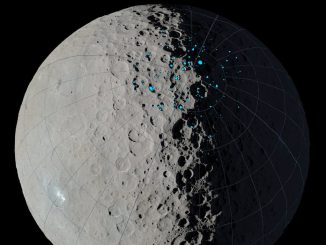
Dawn maps Ceres craters where water ice can accumulate
Scientists with NASA’s Dawn mission have identified permanently shadowed regions on the northern hemisphere of dwarf planet Ceres. Most of these areas likely have been cold enough to trap water ice for a billion years, suggesting that ice deposits could exist there now. These permanently shadowed regions could be colder than those on Mercury or the Moon.
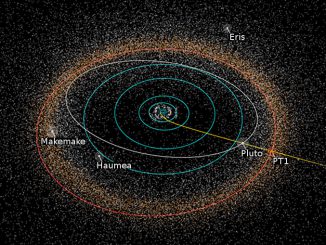
New Horizons receives mission extension to Kuiper Belt, Dawn to remain at Ceres
Following its historic first-ever flyby of Pluto, NASA’s New Horizons mission has received the green light to fly onward to an object deeper in the Kuiper Belt, known as 2014 MU69. The spacecraft’s planned rendezvous with the ancient object — considered one of the early building blocks of the solar system — is 1 January 2019.
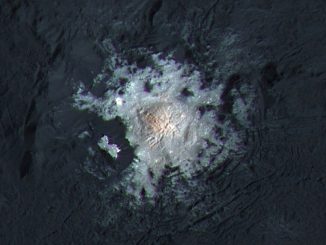
Recent hydrothermal activity may explain Ceres’ brightest area
The brightest area on Ceres, located in the mysterious Occator Crater, has the highest concentration of carbonate minerals ever seen outside Earth, according to a new study from scientists on NASA’s Dawn mission. The results suggest that liquid water may have existed beneath the surface of Ceres in recent geological time.
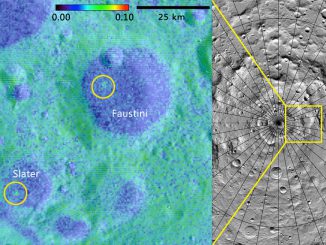
Scientists find fresh impact craters near the Moon’s south pole
Using data from NASA’s Lunar reconnaissance Orbiter, scientists have discovered two geologically young craters — one 16 million, the other between 75 and 420 million years old — in the darkest regions of the Moon’s south pole. Such craters provide valuable information on the frequency of collisions in the solar system.

2007 OR10: the largest unnamed world in the solar system
By combining data from two space observatories, astronomers have revealed something surprising: a 955-mile-wide dwarf planet named 2007 OR10 is significantly larger than previously thought. Although its 547-year-long elliptical orbit brings it nearly as close to the Sun as Neptune, 2007 OR10 is currently twice as far from the Sun as Pluto.

New Ceres images show bright craters
Craters with bright material on dwarf planet Ceres shine in new images from NASA’s Dawn mission taken from its lowest-altitude mapping orbit. Young crater Haulani (diameter 21 miles) and 6-mile-wide Oxo Crater — the second-brightest feature on Ceres — provide scientists with insight into the dwarf planet’s materials and surface morphology.
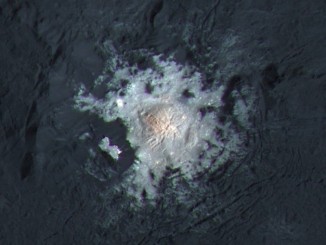

Unexpected changes of bright spots on Ceres discovered
New and very precise observations using the HARPS spectrograph with the ESO 3.6-metre telescope in Chile have not only detected the motion of the enigmatic bright spots on Ceres due to the dwarf planet’s rotation about its axis, but also found unexpected additional variations suggesting that the material of the spots is volatile and evaporates in sunlight.
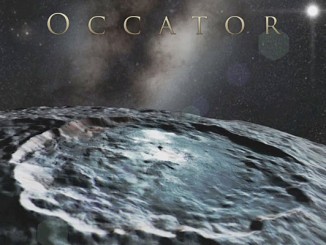
Take a colourful virtual flight over dwarf planet Ceres
A new animation showing a simulated flight over the surface of dwarf planet Ceres using images from NASA’s Dawn spacecraft in its high-altitude mapping orbit has been produced by members of Dawn’s framing camera team at the German Aerospace Center, DLR. The movie emphasises the most prominent craters, such as Occator, and the tall, conical mountain Ahuna Mons.
